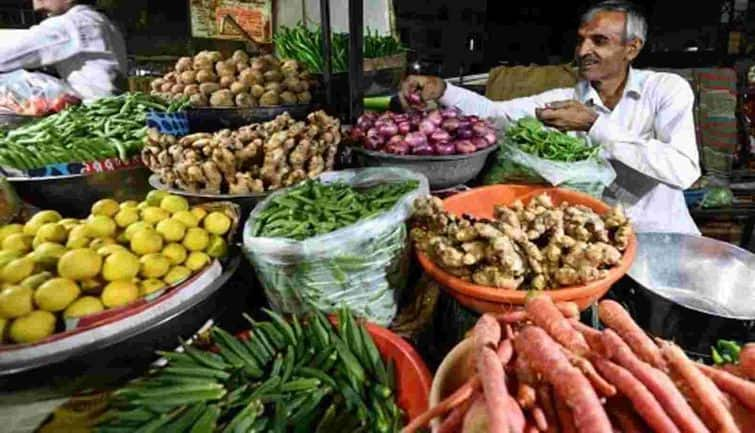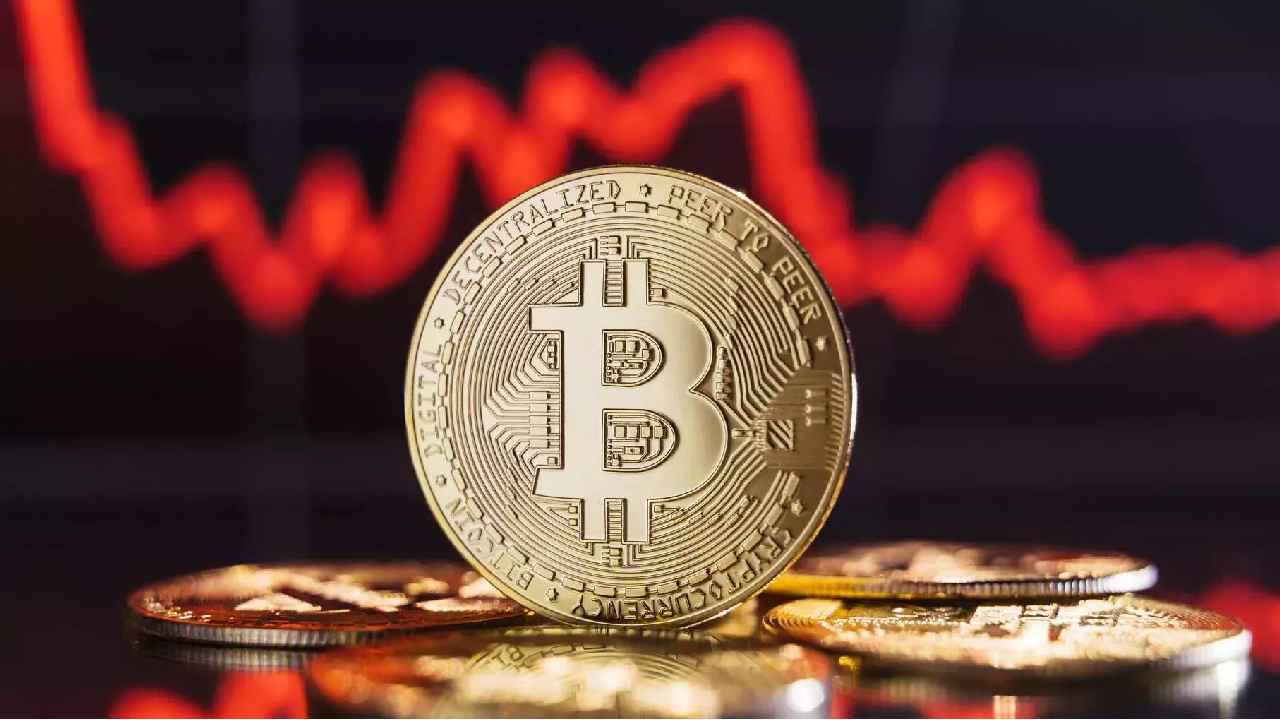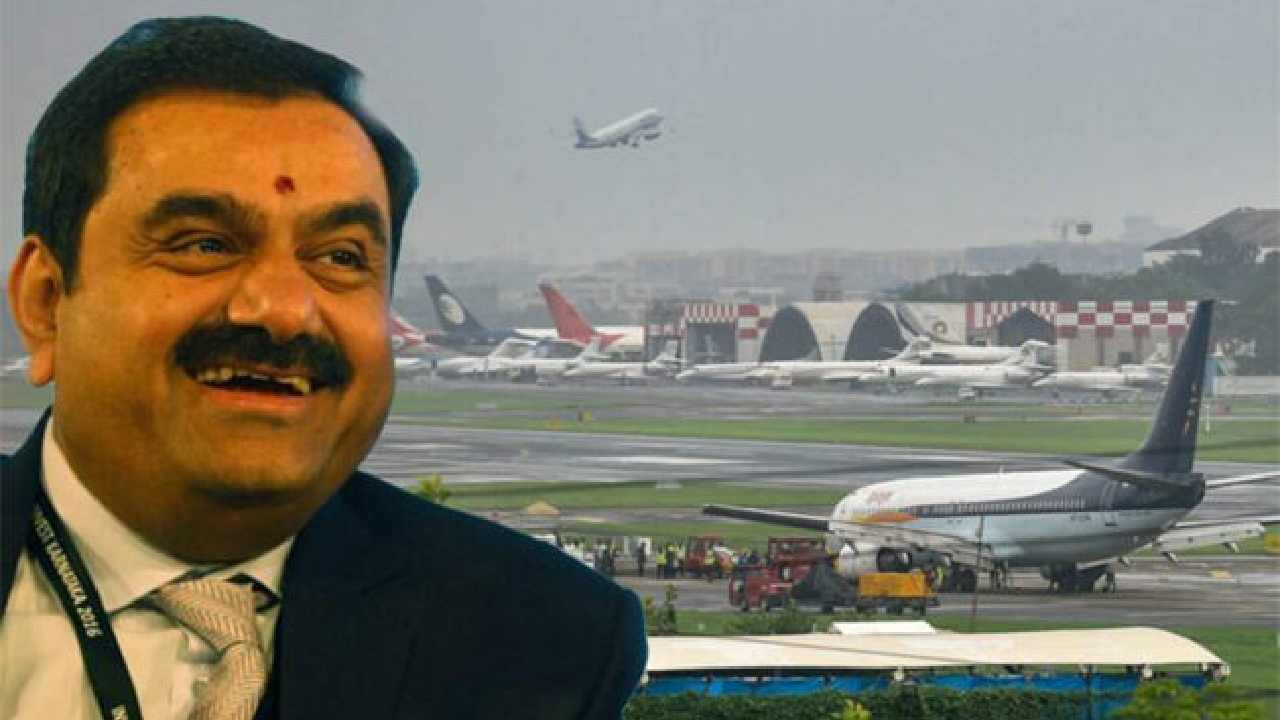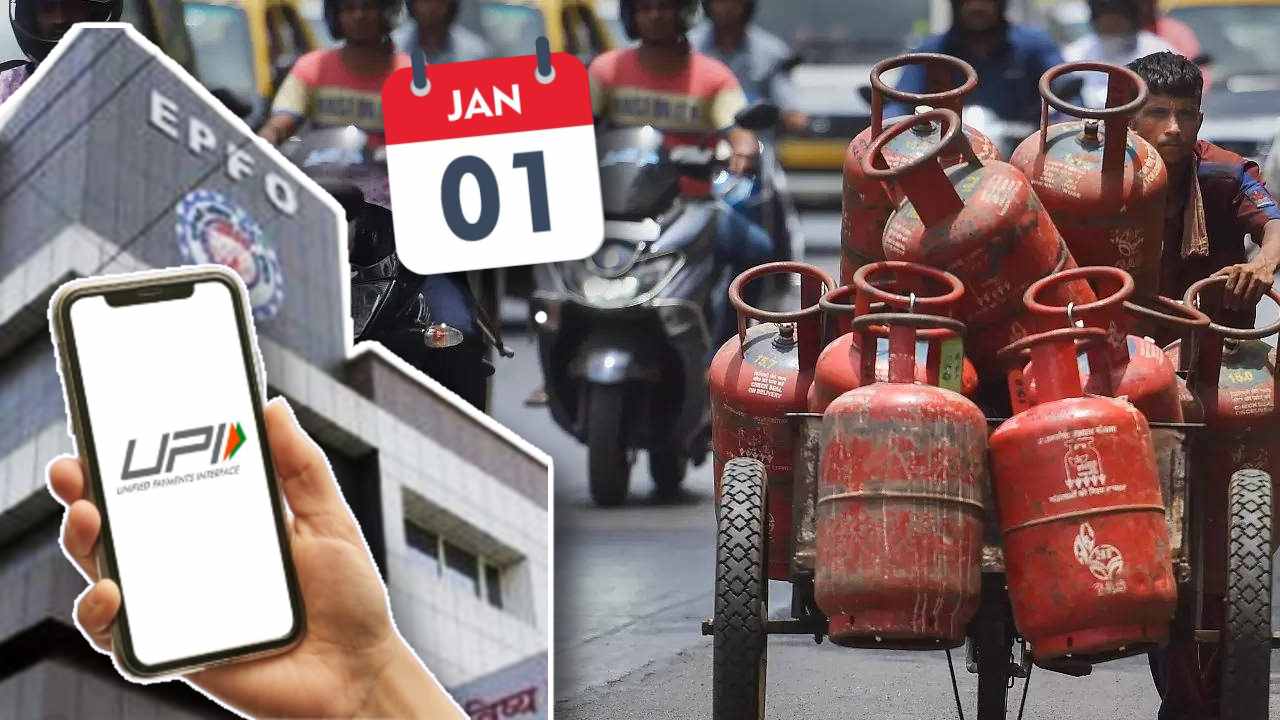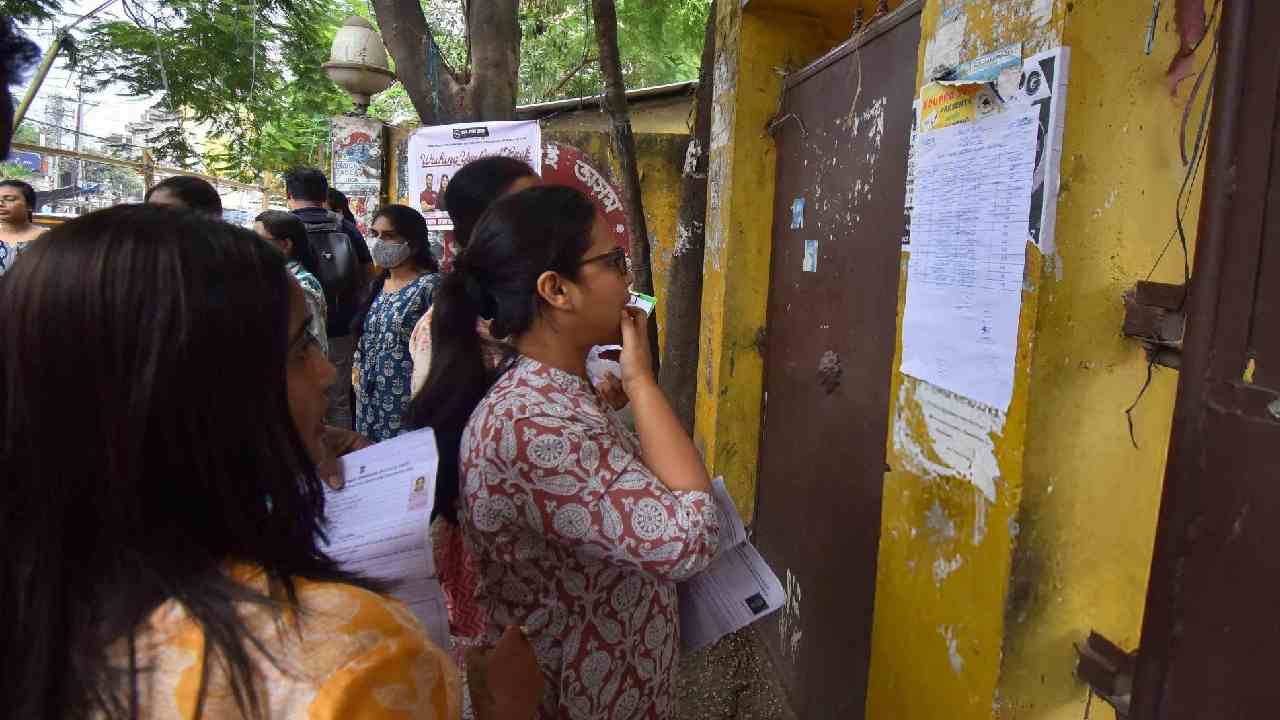Overview of Retail Inflation in India: India’s retail inflation experienced a slight increase, reaching 3.65% in August 2024, up from 3.6% in July. This rise is notable, especially in comparison to the 6.83% recorded in August of the previous year. The National Statistical Office released these figures on September 12, highlighting that inflation remains within the Reserve Bank of India’s (RBI) target of 4%, which allows for a variation of 2%.
Inflation Trends and Predictions
The retail inflation figure for August slightly exceeded the average predicted in the Moneycontrol poll, which was 3.5%. Economists had forecast a range of 3.2% to 4%. The lower inflation rate can be attributed to the base effect from last year, where a significant rise of 6.8% in retail prices was observed. Food inflation saw a minor increase, reaching 5.66% in August, up from 5.42% in July; however, this is a decrease compared to the high of 9.36% recorded in June 2023.
Food Inflation Insights
Despite the overall rise in food prices, inflation remains relatively soft, with some indications of price increases for specific vegetables. For instance, the Crisil Thali Index recently reported hikes in onion and potato prices, which rose by Rs 15 and Rs 13 per kg, respectively, largely due to decreased rabi arrivals. This price increase has limited the reduction in the cost of both vegetarian and non-vegetarian meals.
Price Fluctuations of Essential Goods
In August, prices varied across different categories of goods. Notably, the prices of cereals, meat, fish, milk products, pulses, sugar, and confectionery saw a decrease compared to the previous month. Conversely, prices for eggs, fruits, and selected vegetables experienced increases. Clothing prices declined in August, while footwear prices went up.
Regional Inflation Variances
When examining inflation rates by state, Telangana (2.02%), Uttarakhand (2.37%), and Delhi (2.52%) reported the lowest retail inflation figures for August. In contrast, states such as Assam, Bihar, Haryana, Kerala, Odisha, and Uttar Pradesh experienced above-average inflation, indicating that while some regions benefit from lower inflation, many still feel significant economic pressure.
Future Projections
The Reserve Bank of India has predicted an inflation rate of 4.4% for the fourth quarter of the fiscal year. Nonetheless, the consistent measurement below 4% for two consecutive months signifies a stable economic condition. Most experts suggest that India’s inflation is likely to average around 4.5% for the current financial year. Remarkably, India has seen retail inflation persistently remain under the 6% threshold since September 2023, marking the 13th consecutive month below the central bank’s tolerance range of 2-6%.
Summary
In conclusion, the latest retail inflation data reflects a complex interplay of factors affecting the Indian economy. While inflation rates remain manageable overall, certain regions and commodities show signs of strain. Continuous monitoring and adaptive policy responses will be crucial to maintaining financial stability as the year progresses.

